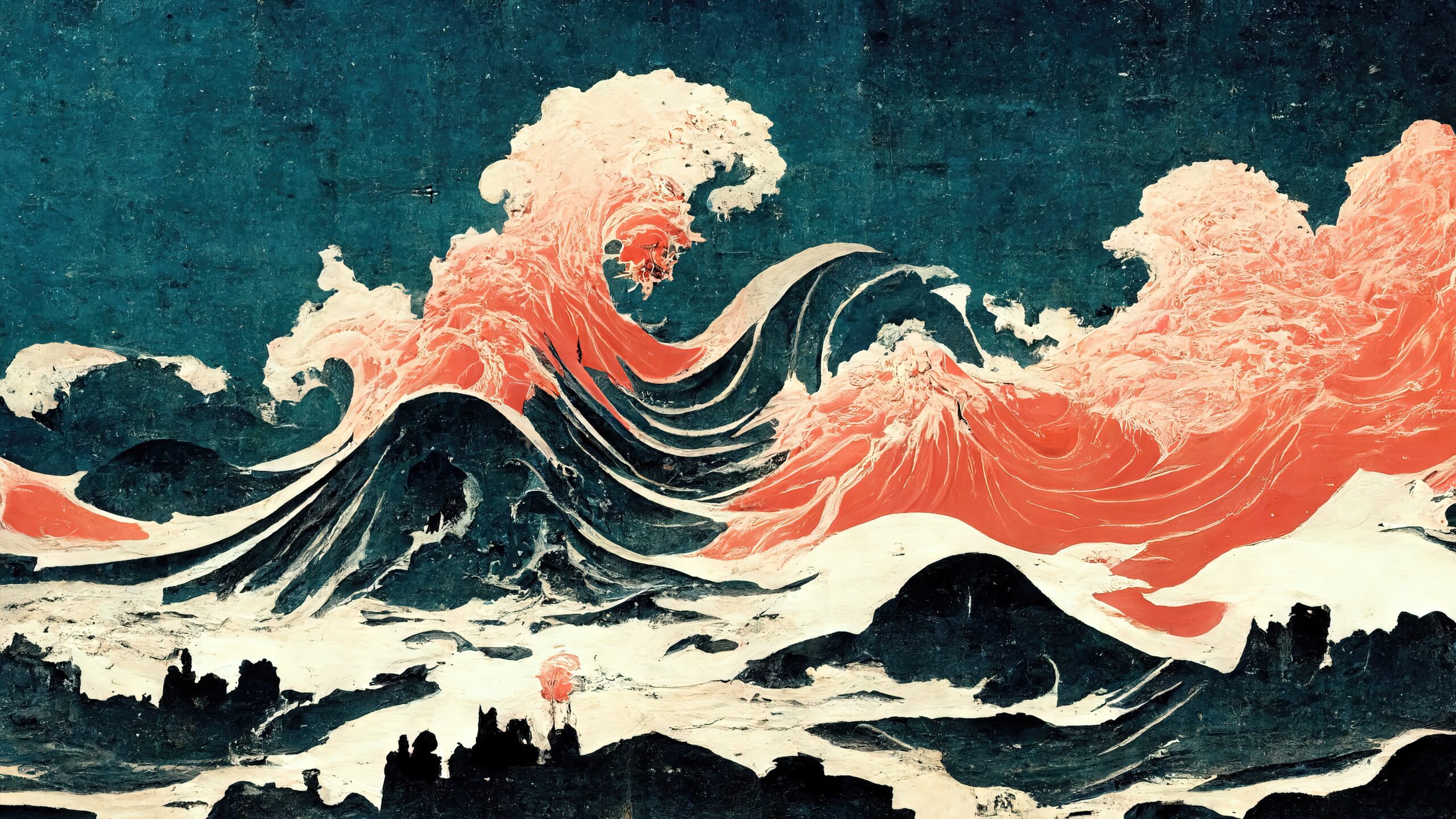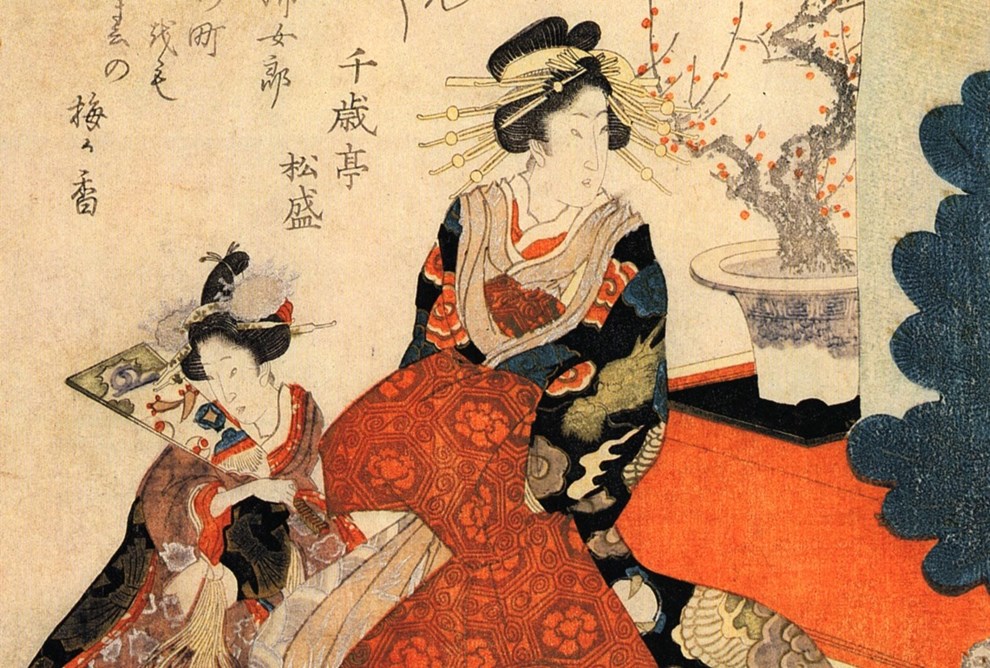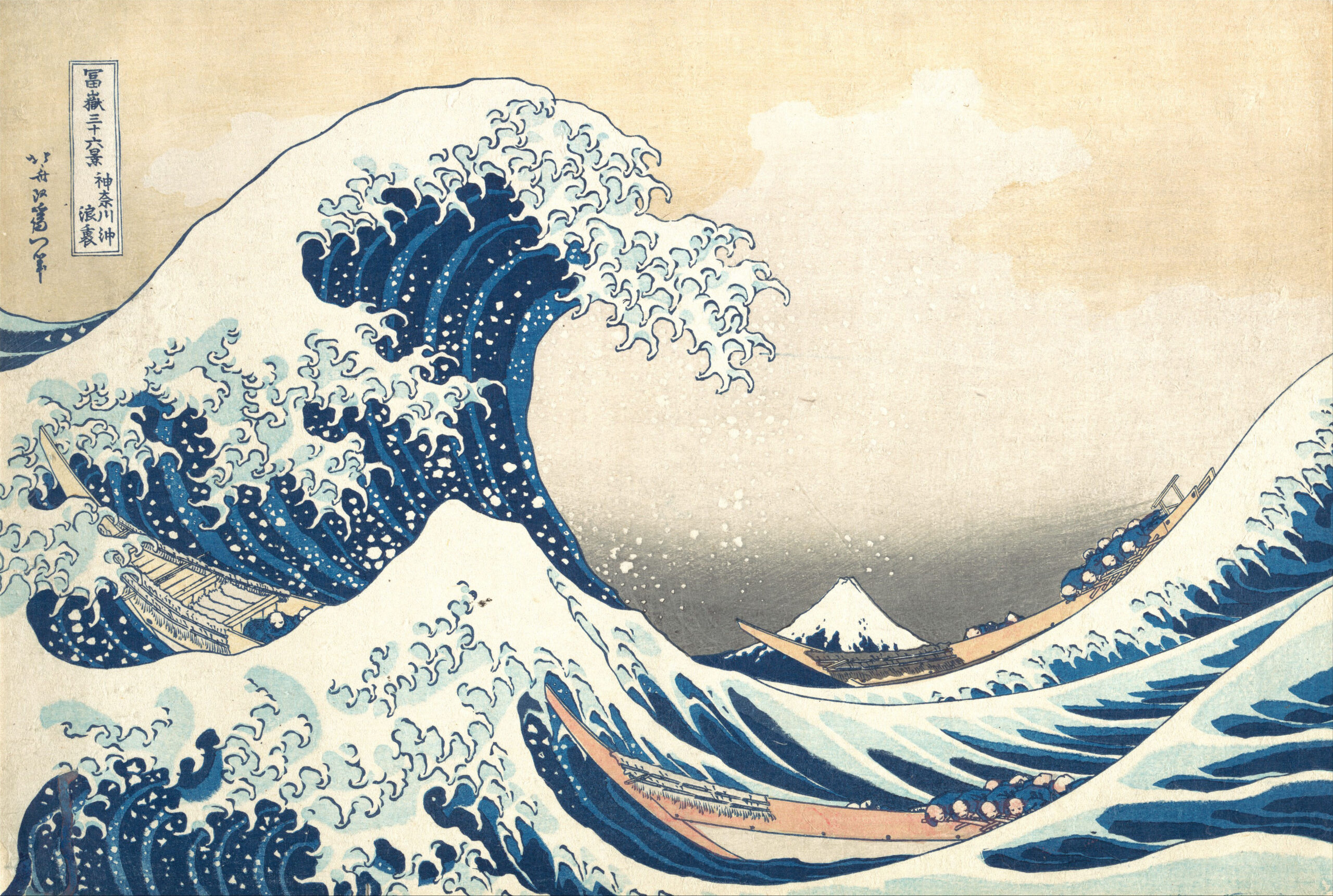How Japanese Art Influences Global Trends

From the minimalist lines of a traditional ink painting to the vibrant explosion of anime culture, Japanese art has quietly revolutionised how we see, create, and live around the world. This influence extends far beyond gallery walls, shaping everything from our smartphone designs to the way we arrange our living spaces.
The Foundations of Japanese Aesthetic Philosophy
Japanese art is built upon several core principles that have become increasingly relevant in our modern world. The concept of wabi-sabi, which finds beauty in imperfection and impermanence, has transformed how designers approach everything from pottery to architecture. Meanwhile, ma (the power of negative space) has influenced minimalist movements across the globe, teaching us that what we leave out can be just as important as what we include. These philosophies emerged from centuries of Japanese artistic tradition, from the delicate brushstrokes of sumi-e ink painting to the precise folds of origami. Today, they’re reshaping industries worldwide.
Minimalism: Less Is More, Globally
Perhaps nowhere is Japanese influence more visible than in the global embrace of minimalism. The clean lines and uncluttered spaces that characterise Japanese interior design have become the gold standard for modern living. Brands like Muji have exported this aesthetic worldwide, proving that simplicity isn’t just a design choice but a lifestyle philosophy. This influence extends to technology design as well. The user interfaces of our most beloved devices often reflect Japanese principles of simplicity and functionality. Apple’s design philosophy, for instance, shares remarkable similarities with traditional Japanese aesthetics, prioritising clean lines, negative space, and intuitive functionality.
Pop Culture: From Manga to Mainstream
Japanese pop culture has become one of the country’s most powerful soft exports. Anime and manga have evolved from niche interests to global phenomena, influencing everything from fashion to film production techniques. The distinctive visual language of manga, with its expressive character designs and dynamic panel layouts, can now be seen in Western comics, animated films, and even advertising. Studio Ghibli’s films have particularly influenced global animation, introducing audiences worldwide to uniquely Japanese storytelling techniques and visual aesthetics. The studio’s attention to environmental themes and complex character development has raised the bar for animated cinema internationally.on specific points, ensuring that each sentence builds on the last to maintain a cohesive flow. You can include data, anecdotes, or expert opinions to reinforce your claims. Keep your language concise but descriptive enough to keep readers engaged. This is where the substance of your article begins to take shape.


Fashion: Avant-Garde Meets Tradition
Japanese fashion designers have consistently pushed boundaries whilst respecting tradition. Designers like Rei Kawakubo of Comme des Garçons and Yohji Yamamoto have redefined what fashion can be, introducing concepts of deconstruction and asymmetry that have influenced haute couture globally. The Japanese approach to fashion often prioritises craftsmanship and conceptual thinking over mere decoration. This philosophy has inspired sustainable fashion movements worldwide, encouraging designers to focus on quality, longevity, and innovative construction techniques rather than fast trends.
Architecture: Building with Nature and Space
Japanese architectural principles have revolutionised modern building design globally. The concept of bringing nature indoors, the use of natural materials, and the emphasis on flexible, multi-functional spaces have all become hallmarks of contemporary architecture. Architects worldwide now incorporate Japanese elements like sliding panels, indoor gardens, and the seamless flow between interior and exterior spaces. The influence of traditional Japanese homes can be seen in everything from Scandinavian design to California modernism.
Digital Design and User Experience
The Japanese principle of omotenashi (hospitality) has profoundly influenced user experience design in the digital age. This philosophy emphasises anticipating users’ needs and removing friction from their experience. Major tech companies now employ Japanese-inspired design thinking to create more intuitive and user-friendly interfaces. The concept of kaizen (continuous improvement) has also become fundamental to software development and product design worldwide, encouraging iterative refinement rather than dramatic overhauls.
Culinary Aesthetics: The Art of Presentation
Japanese food presentation has transformed global culinary standards. The emphasis on seasonal ingredients, colour harmony, and the visual balance of a dish has influenced fine dining worldwide. The practice of kaiseki, which treats meal presentation as a form of performance art, has inspired chefs globally to consider the visual and emotional impact of their creations. Even casual dining has been influenced by Japanese aesthetics, with the rise of Instagram-worthy food presentation often drawing from Japanese principles of balance and simplicity.
Wellness and Lifestyle Philosophy
Japanese concepts like ikigai (life’s purpose) and forest bathing have become global wellness trends. These practices, rooted in Japanese philosophy and lifestyle, offer alternatives to Western approaches to mental health and life satisfaction. The Japanese approach to ageing gracefully, seasonal living, and finding contentment in small daily rituals has resonated with people worldwide seeking balance in increasingly hectic lives.
The Future of Japanese Influence
As we move further into the digital age, Japanese artistic principles continue to evolve and adapt. Virtual reality experiences increasingly draw from Japanese aesthetic traditions, whilst sustainable design movements look to Japanese concepts of harmony with nature for inspiration. The influence of Japanese art on global trends shows no signs of diminishing. If anything, our interconnected world has made these aesthetic philosophies more relevant than ever. In an age of information overload and environmental concern, Japanese principles of simplicity, sustainability, and mindful living offer valuable guidance for creators and consumers alike.
Japanese art’s influence on global trends represents more than mere aesthetic borrowing. It reflects a deeper appreciation for philosophies that prioritise harmony, sustainability, and thoughtful design. From the apps on our phones to the clothes we wear, Japanese artistic principles continue to shape how we interact with the world around us. As global culture becomes increasingly homogenised, Japanese art offers a different way of seeing and creating that values subtlety over showiness, quality over quantity, and mindfulness over excess. In doing so, it doesn’t just influence trends but challenges us to think differently about what art and design can achieve in our daily lives.